Idea by
Alfredo Carrato
http://acarrato.portfoliobox.net
Call for ideas 2017
City Information Programming
City Information Programming
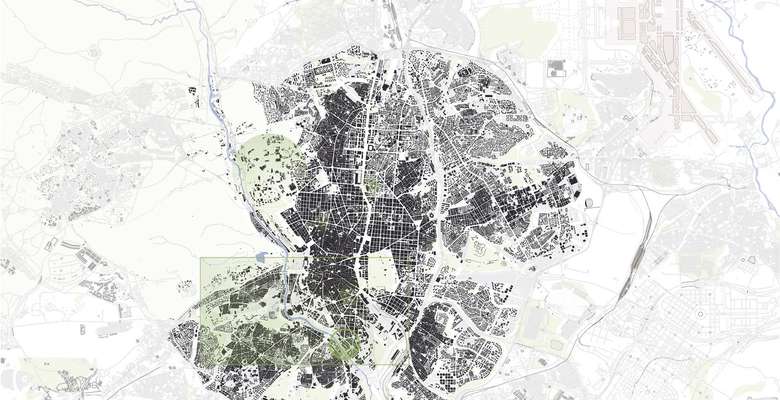
Urban areas of today have become multidimensional complex entities, hosting more than half of the world’s population (UN-Habitat WCR 2016). In parallel, the development of smart cities is presenting a constant increase in the role of data and information, thus City Information Programming intends to link the scales of Building Information Modeling (BIM) and city models in order to provide urban planners with a powerful framework in which to create sustainable cities for coming decades. The collection of data, its conversion to valuable information and the intelligent application via existing knowledge will allow urban-related actions to be designed upon stronger foundations than ever before.
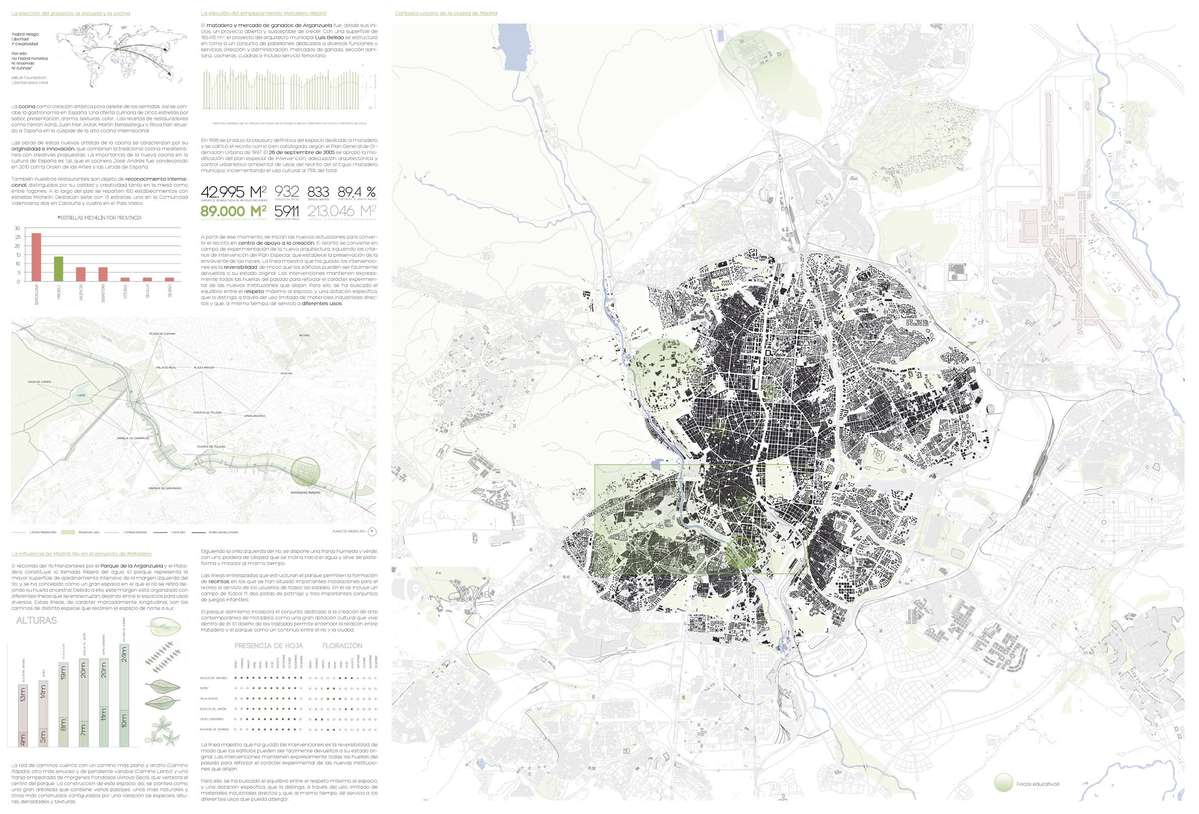
When aiming to develop true smart cities, it is evident that there is a constant increase in the role of data and information. These changes in the art and science of urban planning intend to give response to the changing metabolism of the settlements that host modern societies, where the increasing dematerialization of value creation has substituted physical material with intangible facts and figures.

In the digital era that we live in, urban planners of today employ city models as structural abstractions of urban communities that can be used to elaborate simulations and behavioral studies. Similarly, Building Information Modeling (BIM) allows the creation of extensive databases for construction projects, which can later be used to manage and operate them efficiently based on the previously acquired data.

Next steps should involve the conversion of the aforementioned data to cohesive information, applicable to the algorithmic design of efficient settlements that optimize land use and available resources with the lowest environmental impact. As part of these new sustainable urban systems, city planning – based on the intelligent interpretation of existing knowledge - must create friendly frameworks and solutions that increase the creation of value in a healthy and respectful environment.

Through an in-depth study of the parameters that affect the behavior of settlements, WE (all) are responsible of leaving a promising legacy to future generations, by means of giving firm steps towards providing smart spaces and infrastructures to our societies. Technology, information, and shared knowledge are the main ingredients of a sustainable solution for our cities, which cooked together will certainly cast light on balanced growth into coming centuries.
City Information Programming
City Information Programming

Urban areas of today have become multidimensional complex entities, hosting more than half of the world’s population (UN-Habitat WCR 2016). In parallel, the development of smart cities is presenting a constant increase in the role of data and information, thus City Information Programming intends to link the scales of Building Information Modeling (BIM) and city models in order to provide urban planners with a powerful framework in which to create sustainable cities for coming decades. The collection of data, its conversion to valuable information and the intelligent application via existing knowledge will allow urban-related actions to be designed upon stronger foundations than ever before.
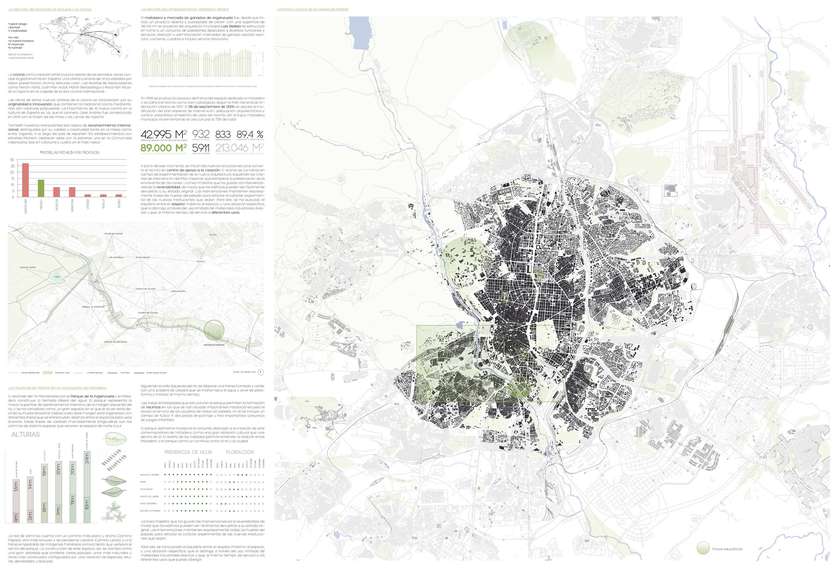
When aiming to develop true smart cities, it is evident that there is a constant increase in the role of data and information. These changes in the art and science of urban planning intend to give response to the changing metabolism of the settlements that host modern societies, where the increasing dematerialization of value creation has substituted physical material with intangible facts and figures.
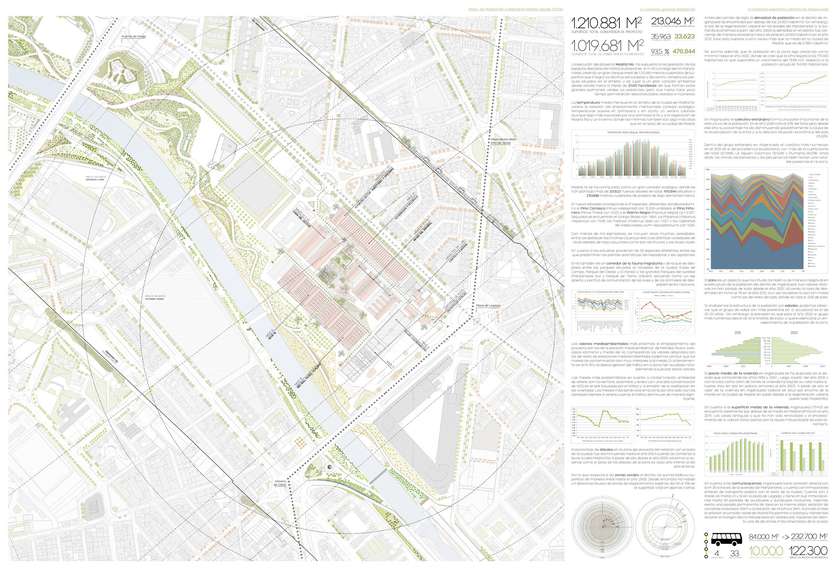
In the digital era that we live in, urban planners of today employ city models as structural abstractions of urban communities that can be used to elaborate simulations and behavioral studies. Similarly, Building Information Modeling (BIM) allows the creation of extensive databases for construction projects, which can later be used to manage and operate them efficiently based on the previously acquired data.
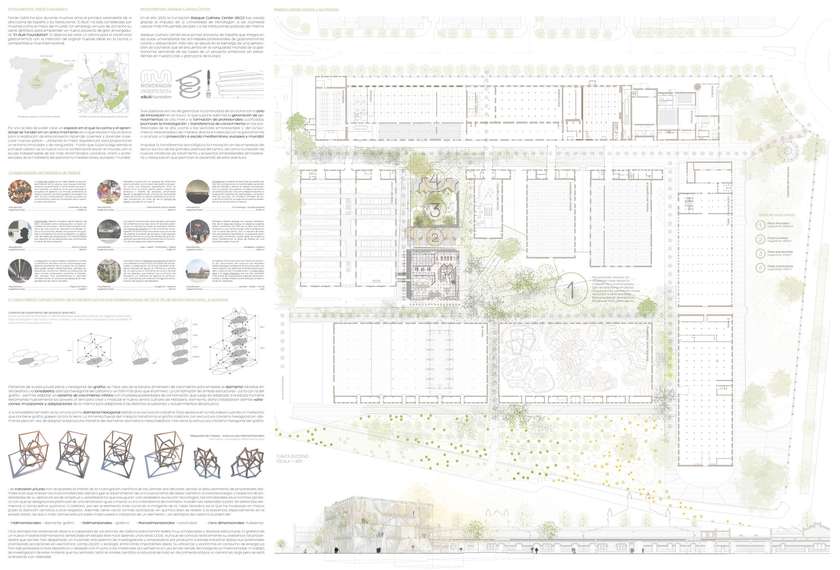
Next steps should involve the conversion of the aforementioned data to cohesive information, applicable to the algorithmic design of efficient settlements that optimize land use and available resources with the lowest environmental impact. As part of these new sustainable urban systems, city planning – based on the intelligent interpretation of existing knowledge - must create friendly frameworks and solutions that increase the creation of value in a healthy and respectful environment.
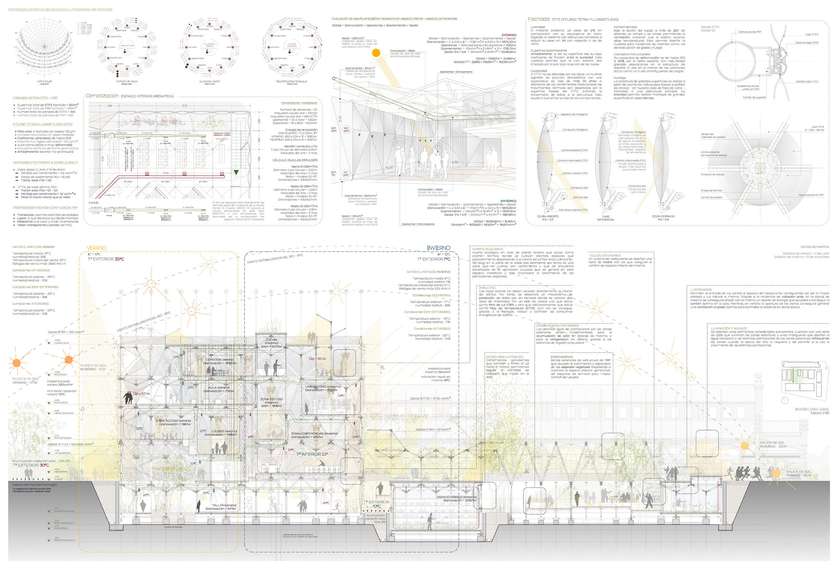
Through an in-depth study of the parameters that affect the behavior of settlements, WE (all) are responsible of leaving a promising legacy to future generations, by means of giving firm steps towards providing smart spaces and infrastructures to our societies. Technology, information, and shared knowledge are the main ingredients of a sustainable solution for our cities, which cooked together will certainly cast light on balanced growth into coming centuries.